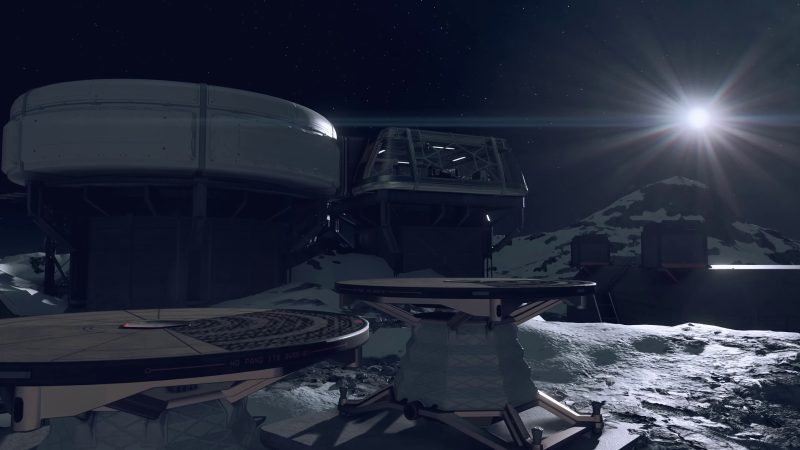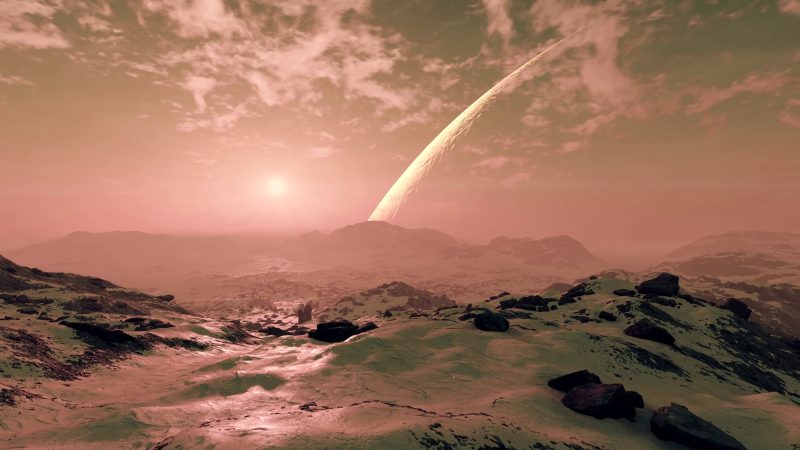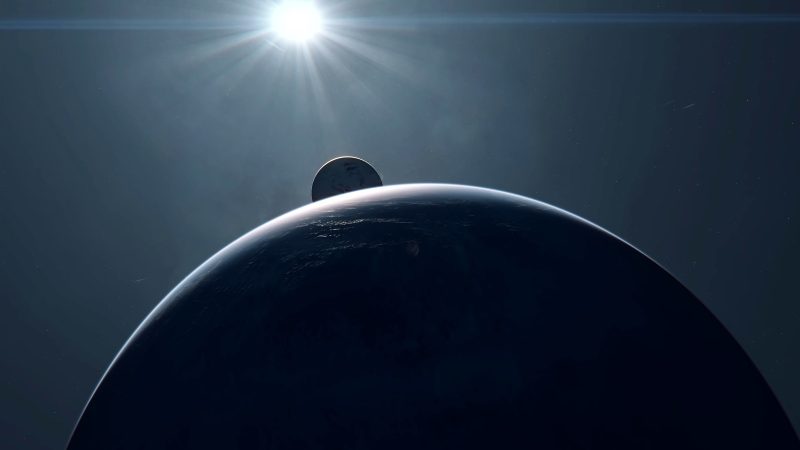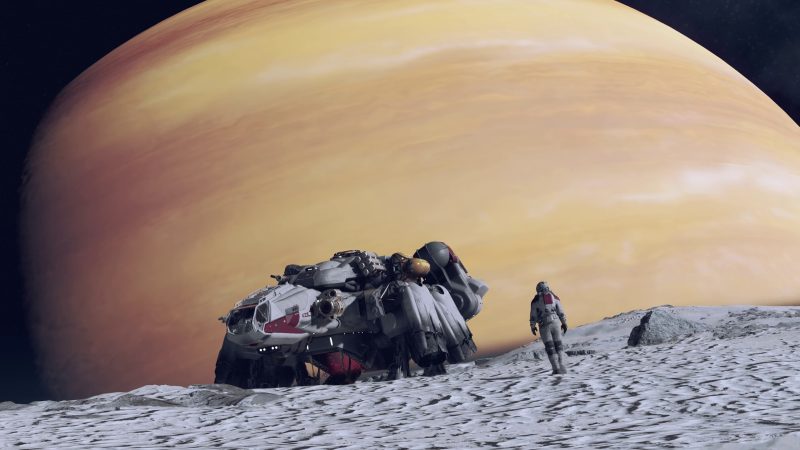Starfield, Bethesda Game Studios' highly anticipated open-galaxy space RPG, promised a universe filled with thousands of detailed and explorable planets. However, as the game launched, it's clear that there's been some sort of disconnect between what certain audiences understood of the size of each planet and what Bethesda was trying to achieve.
Make no mistake, each planet in Starfield is massive. The only problem is that the ambiguous marketing and wording is setting false expectations among quick believers.
The good news is that they're not necessarily a dealbreaker unless you're expecting Starfield to be more like Star Citizen and/or No Man's Sky and not its pseudo-predecessors, The Elder Scrolls and Fallout.

The introduction of planets in Starfield led many to draw comparisons to ambitious space sims like Star Citizen or even No Man's Sky. Given the game's AAA production value, the anticipations were naturally geared towards vast, physically simulated planets with an expansive sense of scale and immersion. Some even expected the game to offer a contiguous procedurally generated terrain where you could land your ship and just start exploring. The reality, however, is much more modest.



